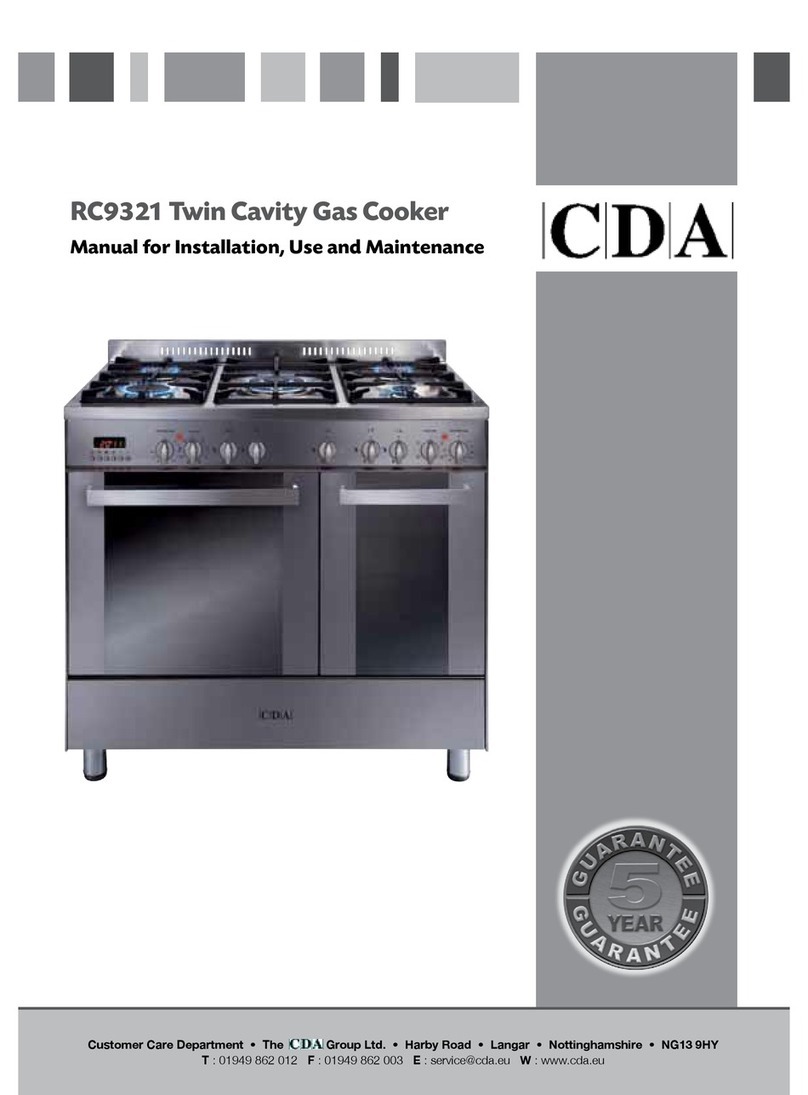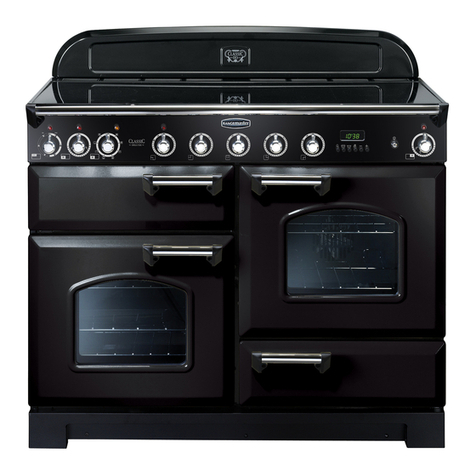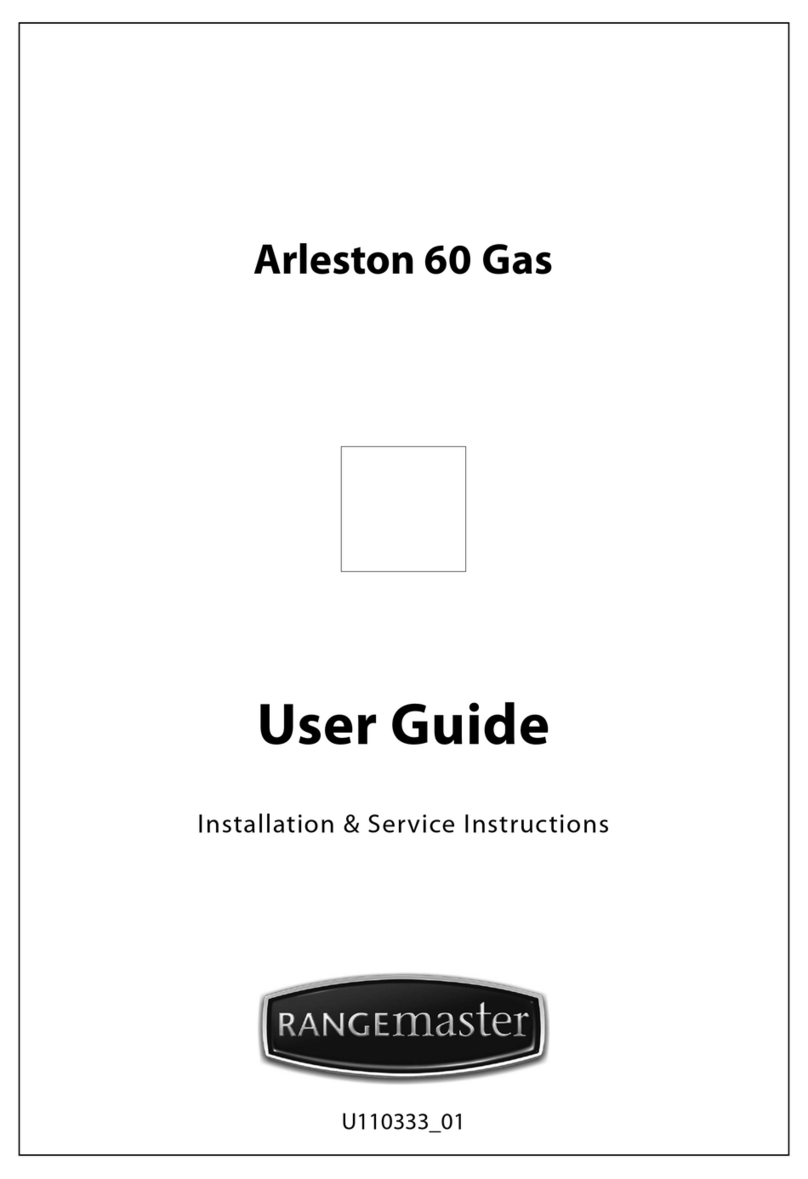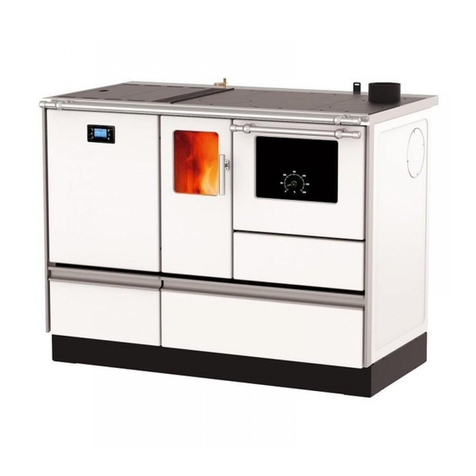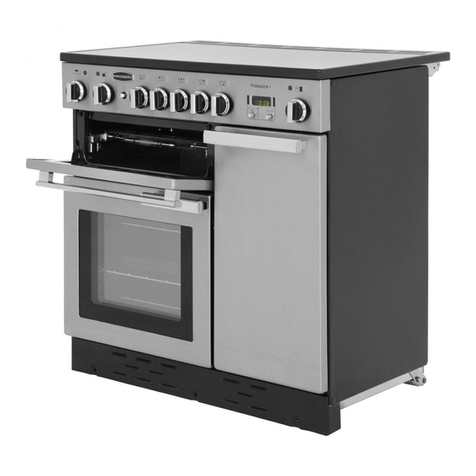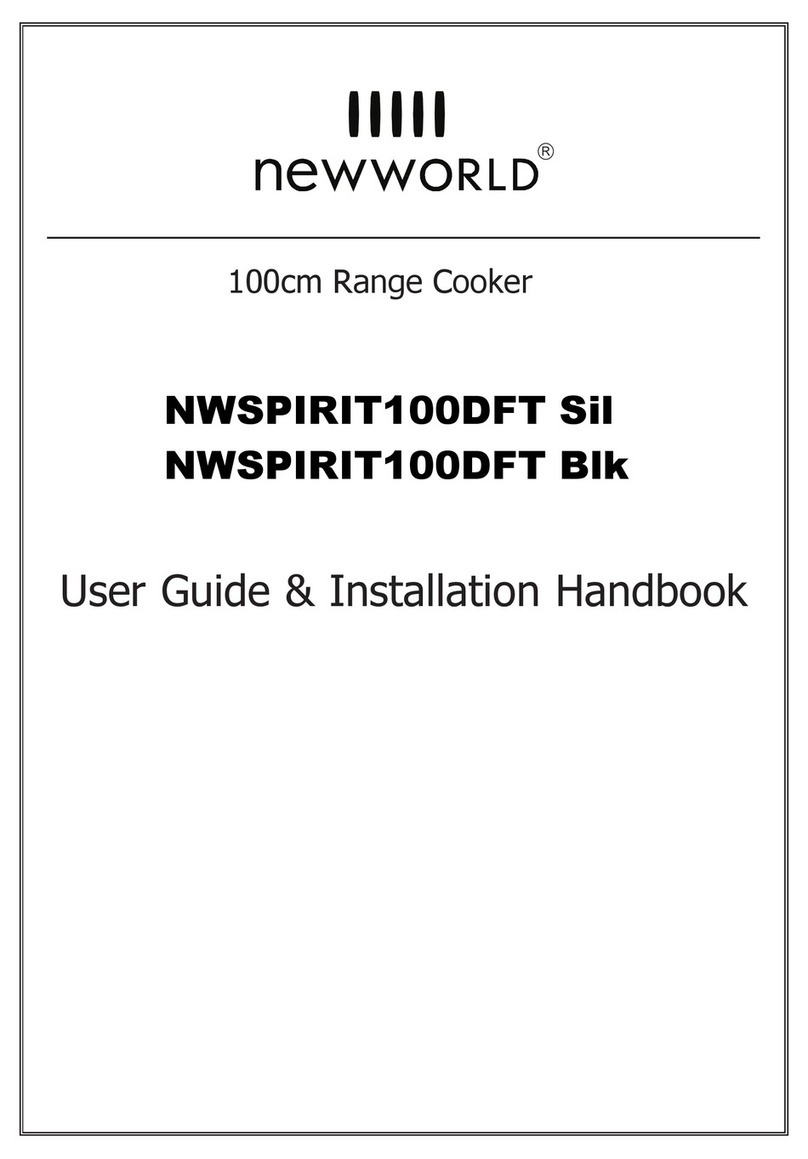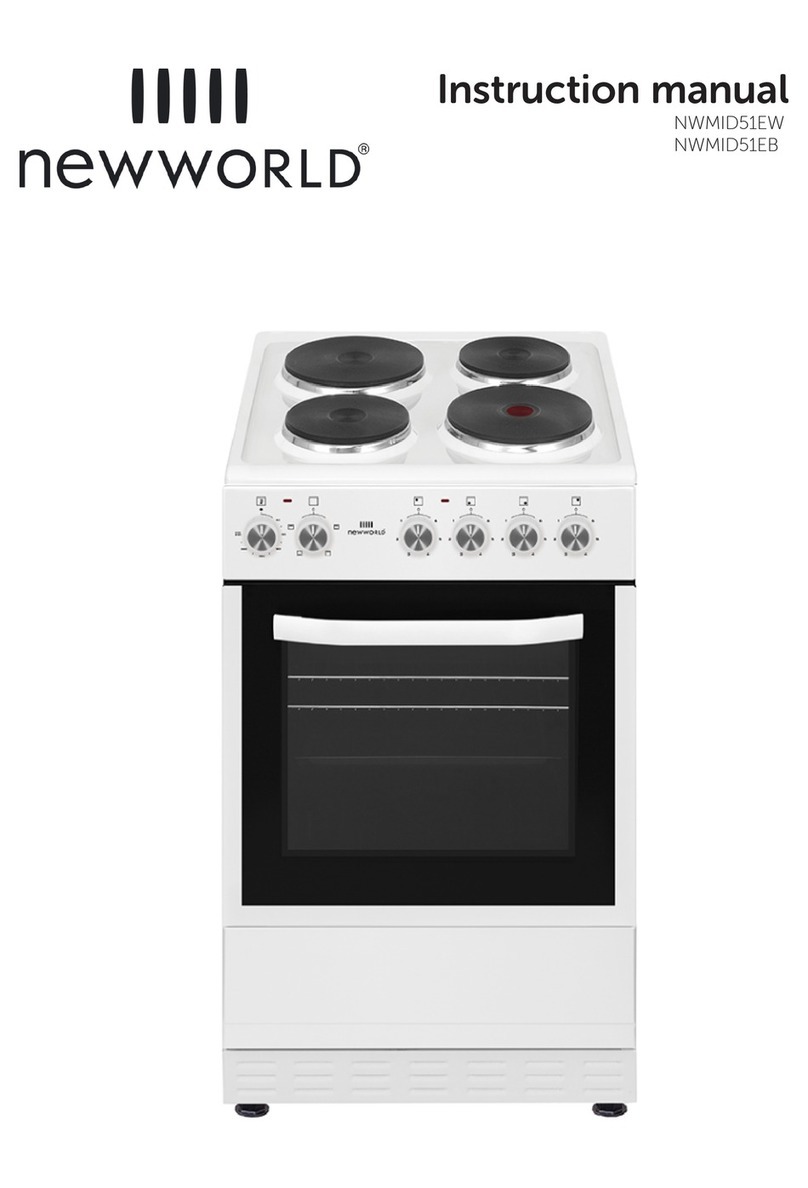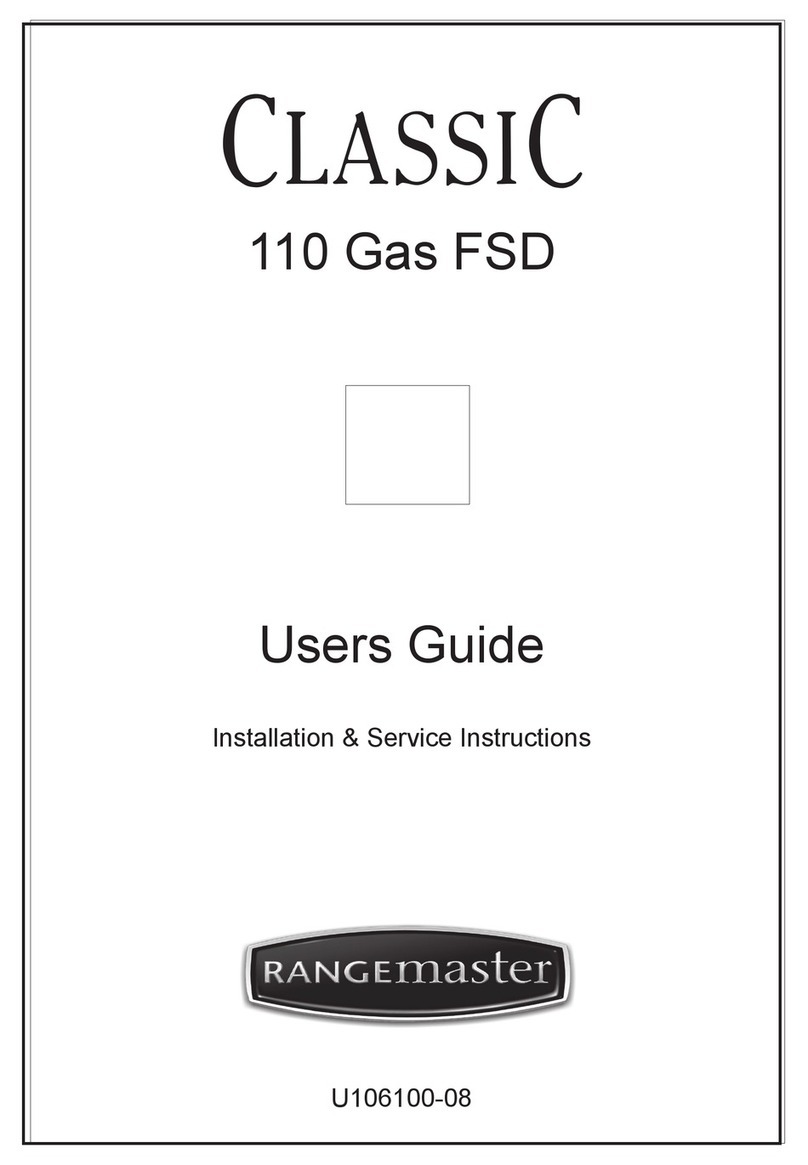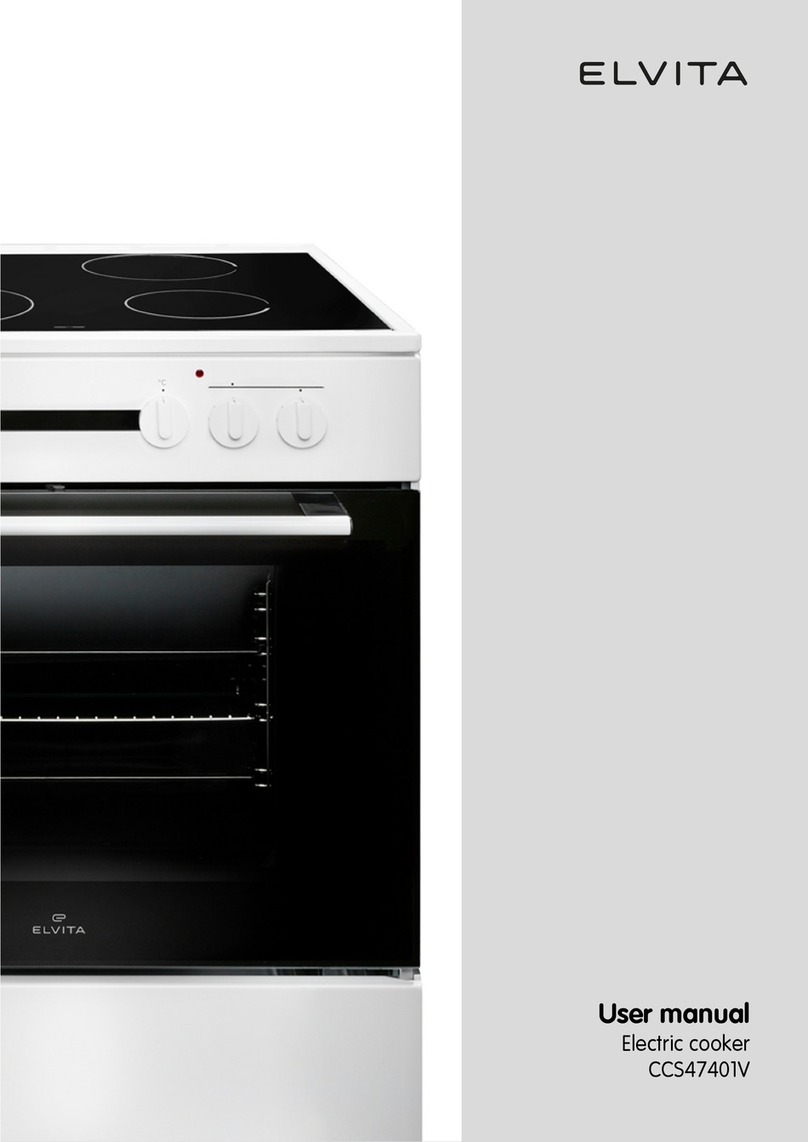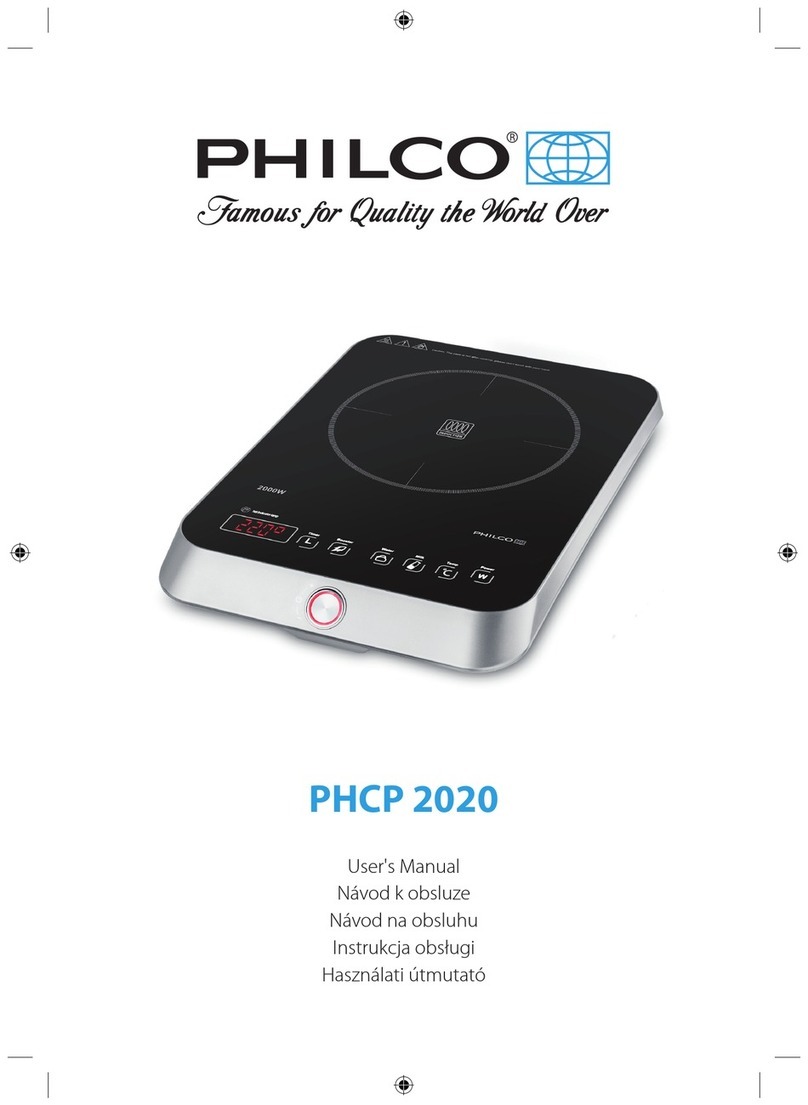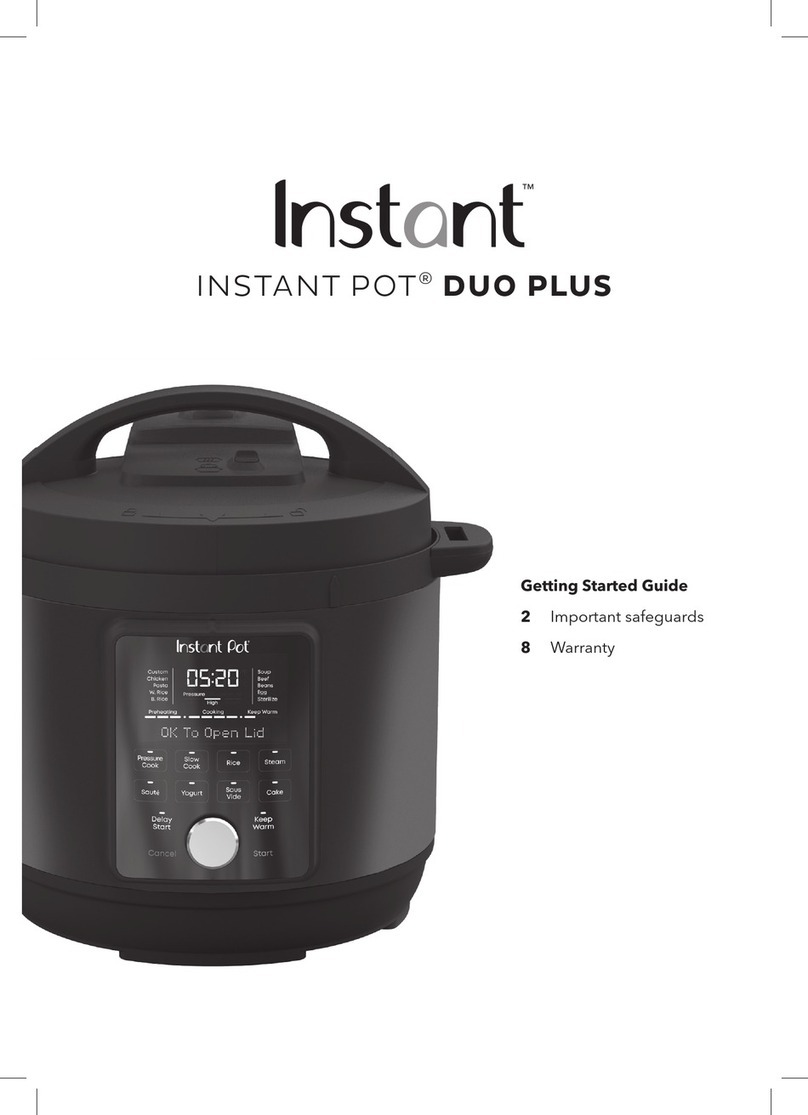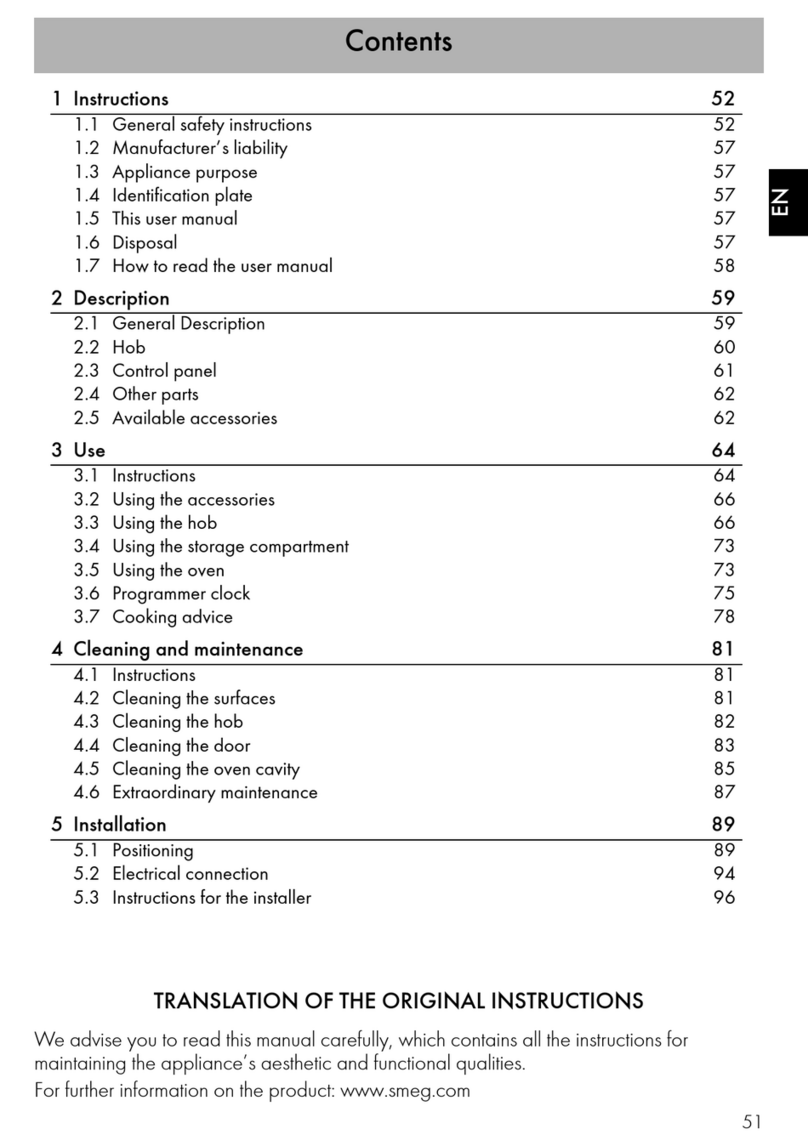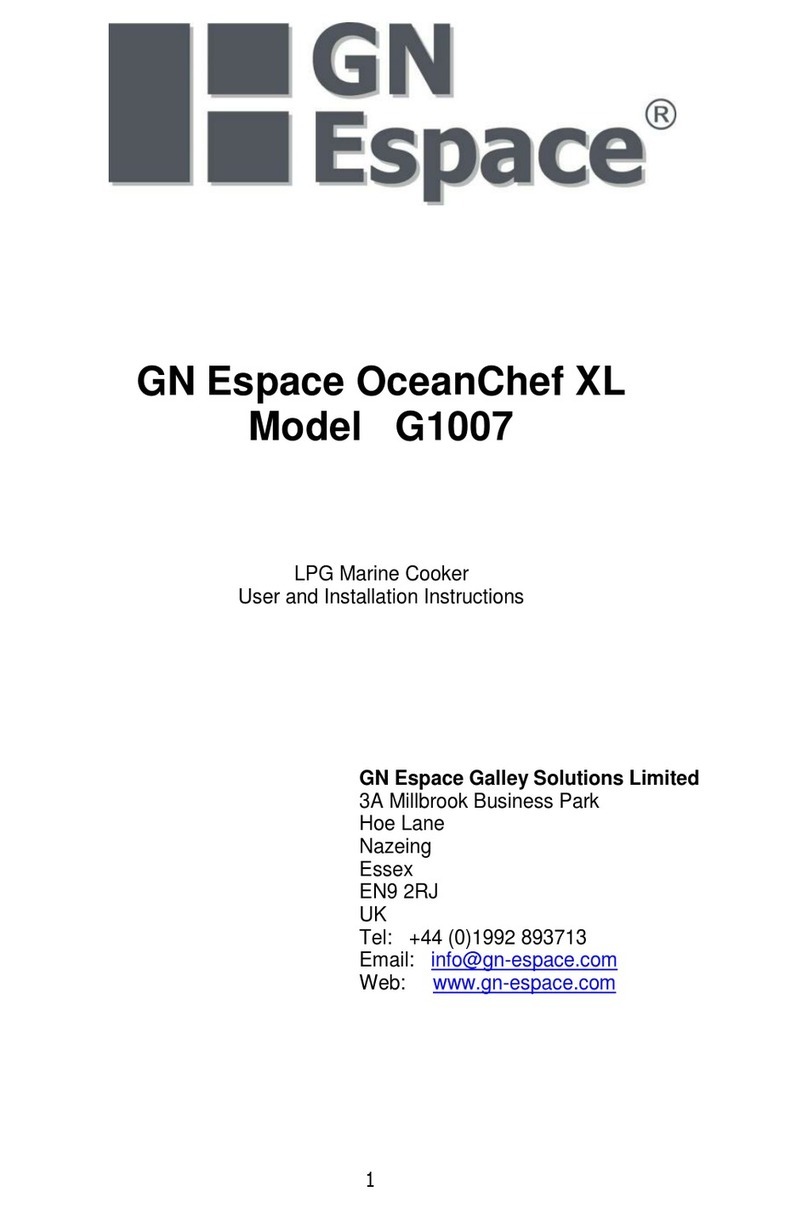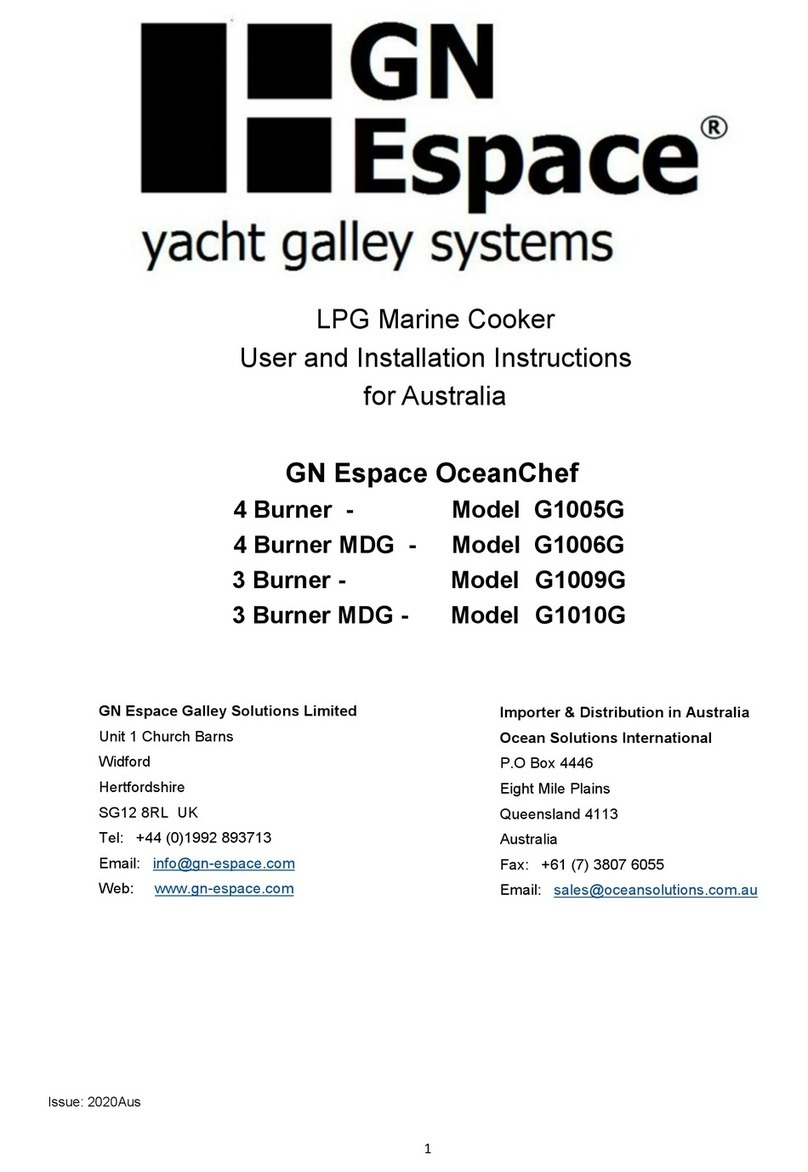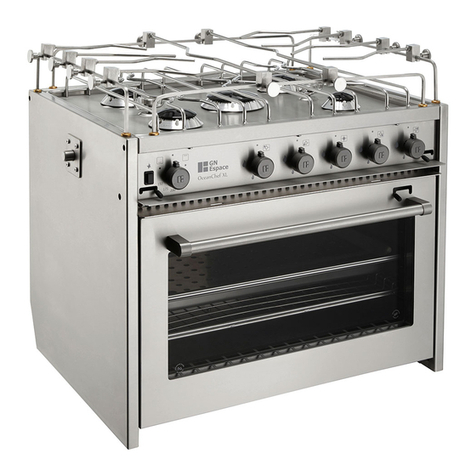15
ANNEX B Safe usage : Changing a cylinder
The following safe practices should be complied with when changing a cylinder.
1. Ensure that any manually operated valves on both the full and empty cylinder are turned off before changing.
Replace the plastic safety cap or plug on disconnected cylinders.
2. Store, transport and use cylinders vertically with the valve uppermost.
3. Do not use a cylinder if the cylinder, valve or regulator are damaged. Return the cylinder to the supplier.
Do not attempt to repair the fault.
4. Before changing the cylinder, extinguish any fire, flame or source of ignition, including cigarettes and pilot lights.
5. Joints should be firm and gas tight. If a leak is suspected, after changing a cylinder and opening the valve,
check the cylinder valve with an ammonia free leak detection fluid. Do not use a naked flame for testing.
6. If a leak cannot be stopped, move the cylinder to a safe place in the open, ensuring that the leaking LPG is
dispersed safely.
7. Ensure that replacement cylinders are appropriate for the installation.
8. Ensure that the regulator is appropriate for the appliance and use in accordance with the manufacturer’s
instructions.
9. Ensure that sealing washers, if required, are sound and correctly positioned prior to connecting.
Mating surfaces of connections that require metal to metal sealing should be clean and undamaged.
Do not use damaged valves or connections.
10. Use the correct size of spanner for connections, and tighten firmly. Self-sealing valves should be connected in
accordance with the manufacturer’s instructions.
11. Regulators fitted with integral relief valves should be ventilated to the open, away from sources of ignition.
12. Ensure that all appliance taps are turned off before reconnecting cylinders that have been closed, or connecting
replacements.
13. Light appliances without an ignition device, by applying a match or taper to the burner before turning on the
supply.
Refuelling LPG powered vessels
As well as taking normal precautions against spillage, smoking or naked lights, ensure that all gas burners are turned off and
the permanent pilot lights extinguished. Disable automatic ignition systems when refueling.
Appliance usage
The following should be complied with when using the appliance.
Operation and maintenance of the appliance should be carried out in accordance with the manufacturer’s instructions.
Ventilate the area. Do not obstruct ventilator openings. Do not use this cooking appliance to heat the area
WARNING: Non room-sealed fuel burning appliances consume oxygen and can release combustion products into
the vessel.
Check flexible hoses regularly. Replace if cracked or otherwise deteriorated. Ensure that the ends of
replacement hoses are secure and gas tight.
Ensure that the LPG system is regularly tested for leakage. Connections should be checked by:-
Routine observation of a bubble tester installed in the cylinder locker or housing, or
routine observation of a pressure gauge in the high pressure side of the system, or
testing with leak detection fluid, with the appliance burners turned off and the main shut off valve open.
WARNING: If there is a leak discovered in the LPG system, close the cylinder valve and ensure that it
is repaired by a competent person.
WARNING: Do not use solutions containing ammonia to detect leaks.
WARNING: Do not check leaks with a naked flame.
Check flues at least once a year.
Check the cylinder locker is not damaged so as to allow the escape of leaked LPG.
Check the cylinder locker drain is not blocked or damaged.
Note: For side opening cylinder lockers installed in accordance with AS/NZS5601, check the effectiveness of any seal.




















